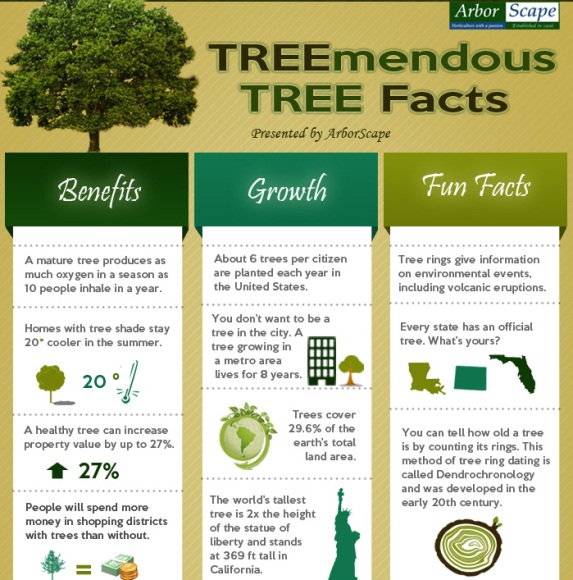Identifying The Need For Tree Removal: A Guide For Homeowners
Identifying The Need For Tree Removal: A Guide For Homeowners
Blog Article
Team Writer-Hollis Long
Trees include appeal and worth to residential or commercial property, but they can likewise present a danger throughout extreme climate events. If a tree has stopped growing, is displaying noticeable fungal development, or has a leaning trunk, it should be gotten rid of by a specialist to stay clear of property damages and injury.
To learn more, participate in a homeowner source reasonable co-hosted by HPD, the Center for New York City Neighborhoods, and Brooklyn-based real estate partners this evening in Bedford-Stuyvesant. The occasion will certainly feature the Home owner Handbook, a brand-new overview to aid property owners navigate the duties of having a home.
1. Dead or Dying Branches
Trees are an important part of your home's landscape, offering shade and beauty. They additionally give shelter for wild animals and create oxygen, yet even healthy and balanced trees can experience health issue that might demand their elimination. Dead or dying trees aren't just unpleasant, they can be harmful. https://josuelhbvp.wizzardsblog.com/29352017/tree-removal-crucial-tips-for-a-smooth-process could fall during a storm, causing costly residential or commercial property damages and injuries.
When a tree's branches start to pass away, it suggests that its framework is beginning to break down. If the majority of its branches are dead, it is likely time to remove it.
Try to find Suggested Reading of brand-new growth, bark peeling, open injuries or tooth cavities, fungis growing on the trunk or roots and a general appearance of decay in the entire cover. These indications of infection can show a significant trouble that will certainly call for professional tree services to solve.
2. Leaning Trunk
While it's typical for trees to lean periodically because of phototropism, if a tree has a dangerous or extreme lean that's not due to natural processes - it could be an indicator that the tree requires to be eliminated. If the tree is favoring a power line, home, lorry, play framework or any other location that could be harmful to people if it falls, after that calling a professional tree service for removal must be a leading concern.
It's also essential to expect any type of sudden changes in a tree's leaning as it can show damage to the origins or trunk that might cause dropping. This is specifically real throughout stormy weather, since high winds and rain-soaked dirt can cause a lean to alter swiftly. Normal monitoring, particularly during and after storms can aid home owners identify prospective issues with their trees so they can call an arborist for a thorough evaluation.
3. Insect Problem
Some pest problems, such as wood-boring pests like emerald ash borer or sap-suckers like range pests, are so extreme that they can create a tree to pass away. The best means to avoid pest invasion is to check your trees on a regular basis. Search for areas, openings, or stainings in the fallen leaves and bark. Check out the trunk for splits and signs of insect damages, such as tunnels or tracks.
If a tree ends up being also plagued with bugs, or is close to a home or power lines, an arborist might advise removal. If a leaning tree establishes a brand-new, unsteady lean, an arborist will likely recommend removal as well to guarantee the safety and security of people and building. If a damaged or dead tree continuously sheds too much branches, it is an indication that it is time to get rid of the tree. If a tree remains to drop branches for an extensive time period, it could cause structural troubles and possible residential or commercial property damages.
4. Harmed Trunk
Trees are a gorgeous and important part of our landscape, but they do call for regular care to keep them healthy and secure. If a tree is harmed beyond repair it is likely time for it ahead down.
Search for signs of damages to the trunk, consisting of upright fractures, joints, dead branch stubs, visible injuries or open dental caries and extreme tree-rot. The visibility of fungi at the base of the trunk is one more warning indicator. Fungi might suggest that the phloem and xylem (life-support tissues) are endangered, allowing for the spread of disease or a future failing.
Additionally, think about whether the tree has actually quit growing. Healthy trees will have new growth yearly, which may be visible as buds or branches sprouting and prolonging. If you don't see any new growth, it's an excellent concept to have an arborist examine the tree and follow their recommendation for elimination. A dying or damaged tree can drop and create home damage.